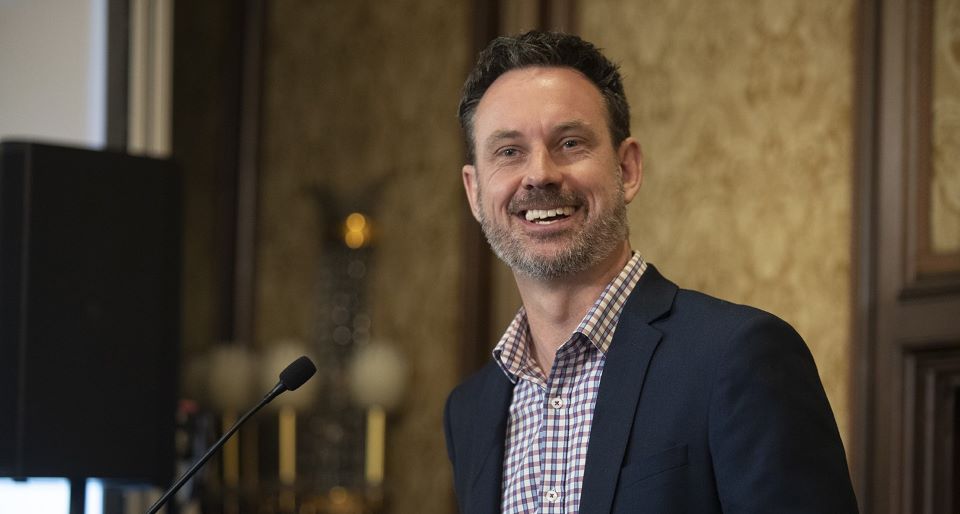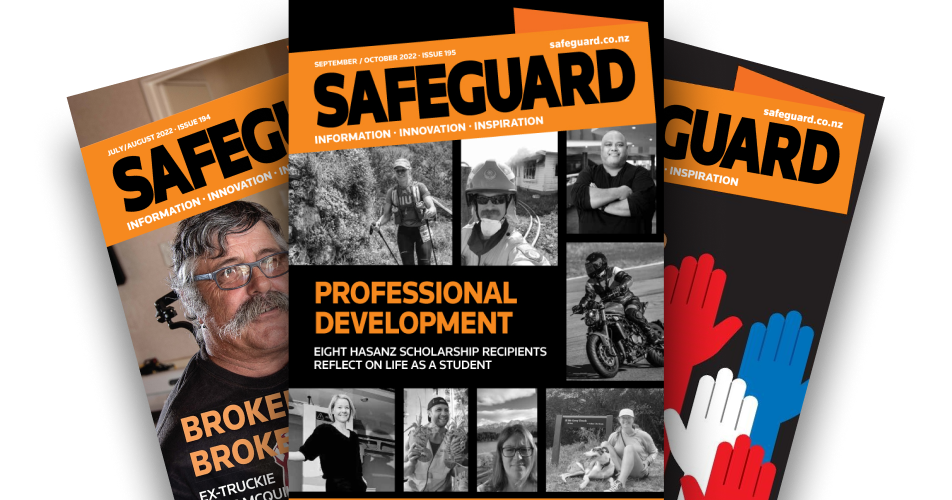The modern-day workplace is far different to any working environment we have experienced in the past. It moves at a breakneck pace, and coupled with external pressures, can weigh heavily on the minds of many workers.
Sadly, in NSW nearly one in four workers believe they have a mental health condition that their workplace has caused or made worse1. Recognising a need for healthier workplaces, SafeWork NSW developed the Code of Practice: Managing psychosocial hazards at work in May 2021.
In the five years to June 2021, psychological claims in the workplace rose 65 per cent, while physical injury claims were steady2, demonstrating a need to clearly state responsibilities employers had to protect the mental health of their workers. The Code of Practice explains and clarifies:
- Legal duties and provides examples on what compliance looks like when these duties are met.
- Who has a role to manage psychosocial hazards at work.
- What is involved in managing psychosocial hazards at work.
- Common psychosocial hazards at work.
Consultation & feedback
NSW was the first jurisdiction in Australia to develop a Code of Practice which covers all psychosocial hazards in all workplaces. As a regulator releasing a publication that sets out what can be legally enforced, SafeWork expected resistance; however upon release, this backlash was minimal.
This is because time was taken to consult those who would be impacted by the Code of Practice. We consulted workers and people with lived experience, employers, unions, employer associations, industry associations, state and national mental health commissions, academics, small business representatives, health professionals and the general public.
The valuable feedback we acquired when developing the Code of Practice was vital when introducing the Amended Regulation 2022, which specified what psychosocial hazards are, who has the primary duty of care, and what must be considered in controlling psychosocial hazards in the workplace.
This psychosocial regulation is the link between the broad duty described in the Work Health and Safety Act 2011 and the practical information in the Code; the Regulation provides the steps a duty holder must consider to meeting their duty under the Act.
The code in use
While the Code was generally received well, that’s not to say every business in NSW is actively using the Code; some businesses are more aware than others. A focus for SafeWork’s next Psychological Health and Safety Strategy is to continue raising awareness of the Code and to build capability for business to ensure they are complying with their workplace duty to manage psychosocial hazards at work.
In NSW, SafeWork has seen the Code incorporated into business’ day-to-day structure in several different ways. In many cases, organisations have set KPIs for their leaders that draw on key themes from the Code.
Big players are typically thinking about their supply chains. For example, we’ve seen the organisation behind a major transport project consider if they can influence the psychological health and safety of the many contractors and subcontractors involved in the project. That’s a big shift. Other organisations are making business units collaborate to address psychosocial hazards. Traditionally, employers kept their H&S, HR, professional standards (misconduct) and workers compensation teams separate, because they each handle highly sensitive information. The Code has helped many employers recognise that by having a shared team understanding and knowledge of psychosocial hazards, they are able to share data and gather insights holistically, which in turn enables the workplace to better manage psychosocial hazards.
A systems approach
Organisations are also investigating psychosocial hazards differently. Traditionally, many employers would consider bullying an HR issue and would try to determine several factors, including did the behaviour happen? Who did it? Can we verify it? Were there witnesses? Did it breach our code of conduct?
But determining those things does not stop it from happening again.
Now they’re starting to look at it from a H&S perspective and taking a systems-based approach to investigations. They’re asking, where did our control measures fail? Can we design this problem out of our workplace?
Future amendments
While the Code is well regarded by business and worker representatives, it will continue to develop over time and at a pace that is appropriate for the workplace community. The Code has provided clarity on the practical application of the legislative requirements. Based on feedback from businesses at the time, it has limited technical information incorporated into the current version.
However, since the Code’s release, stakeholders’ interest in psychological health and safety has evolved much quicker. There’s now an appetite for more technical detail in the Code, in sections such as ‘control measures’.
The science is also evolving in this space, so any future amendments will need to reflect what the evidence shows is best practice for managing psychosocial hazards.
How to use the code
Two years on from the introduction of the Code, SafeWork has recognised that each business will find success from the Code if they implement it in a way that works for them.
Businesses should start by considering how mature their business is when it comes to managing psychosocial hazards. Do you know what the common psychosocial hazards are? Do you know your level of risk for each hazard? Do you already have some risk management practices in place?
If yes, the Code should be used to check you are meeting all your duties. In any areas where you are falling short, it can be a guide on how to become compliant.
If a business is starting from scratch, they should start by getting leadership support and consulting workers about psychological health and safety. The Code explains what the common psychosocial hazards are, and workers are best placed to say whether they are experiencing them or not. The Code can then be used to plan how business can respond to the issues that consultation uncovers.
Jim Kelly is Executive Director Operations & Enforcement with SafeWork NSW.




